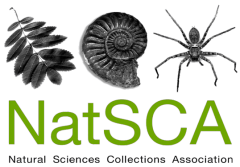Various grades, weights and types of traditionally hand-made Japanese tissue have been used in the conservation of paper, manuscripts and books for hundreds of years and have also been used in the repair of ethnographic and taxidermy specimens in museums more recently. However, not much has been published about the use of this material in the conservation of osteological specimens even though it has several applications. For example when used in the repair of breaks in bone with an appropriate conservation adhesive it can help to add greater strength to the join than adhesive alone, especially where bone is thin. It can also be used as a gap-filling medium, for modelling-in areas of missing bone in a break and to provide long term support for fragile but important labels removed from specimens. Adhesives that have been used successfully with Japanese tissue paper in the conservation of natural history specimens include ParaloidB72, polyvinyl alcohol and neutral pH PVA adhesive, all of which are reversible.
